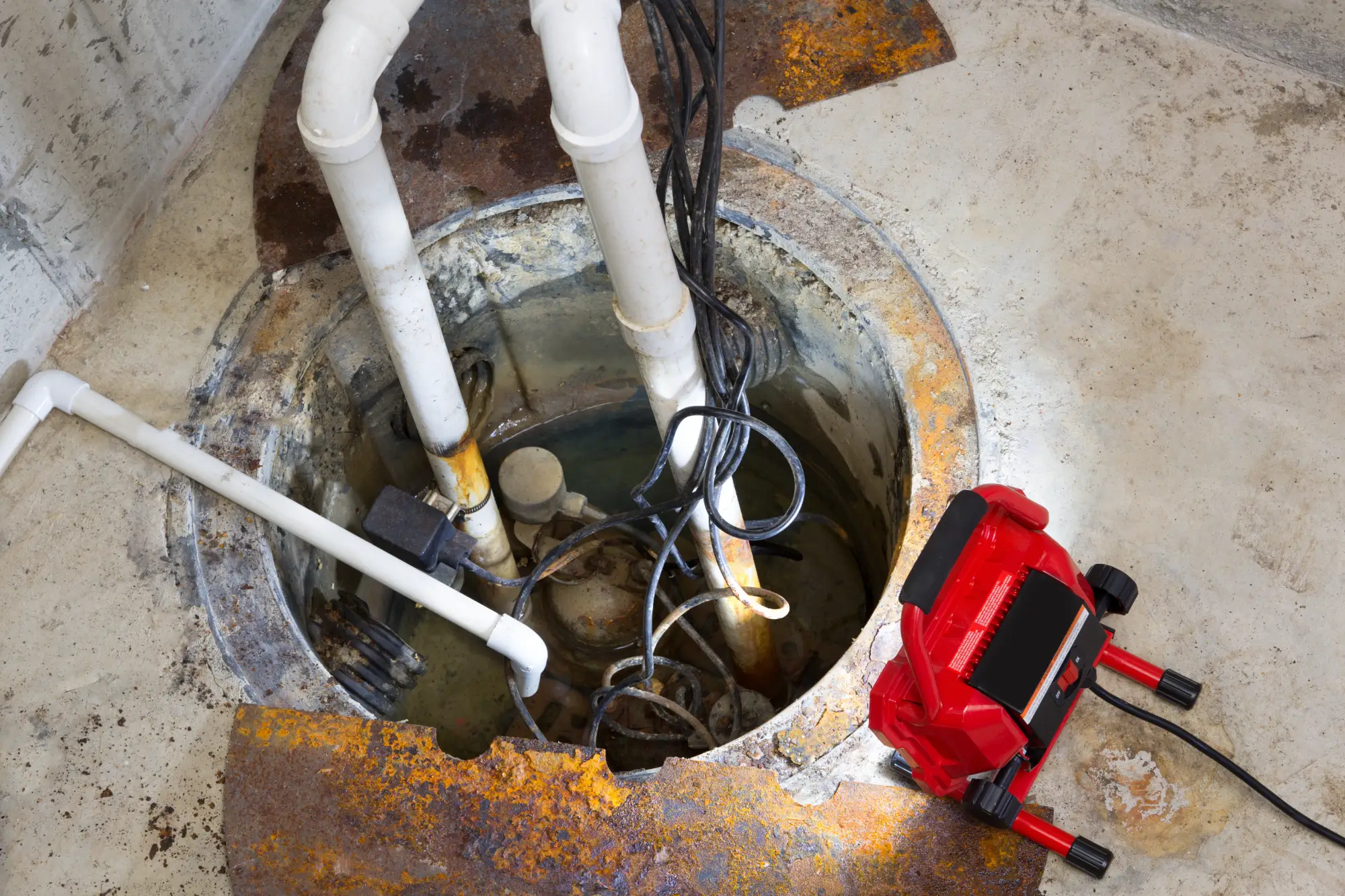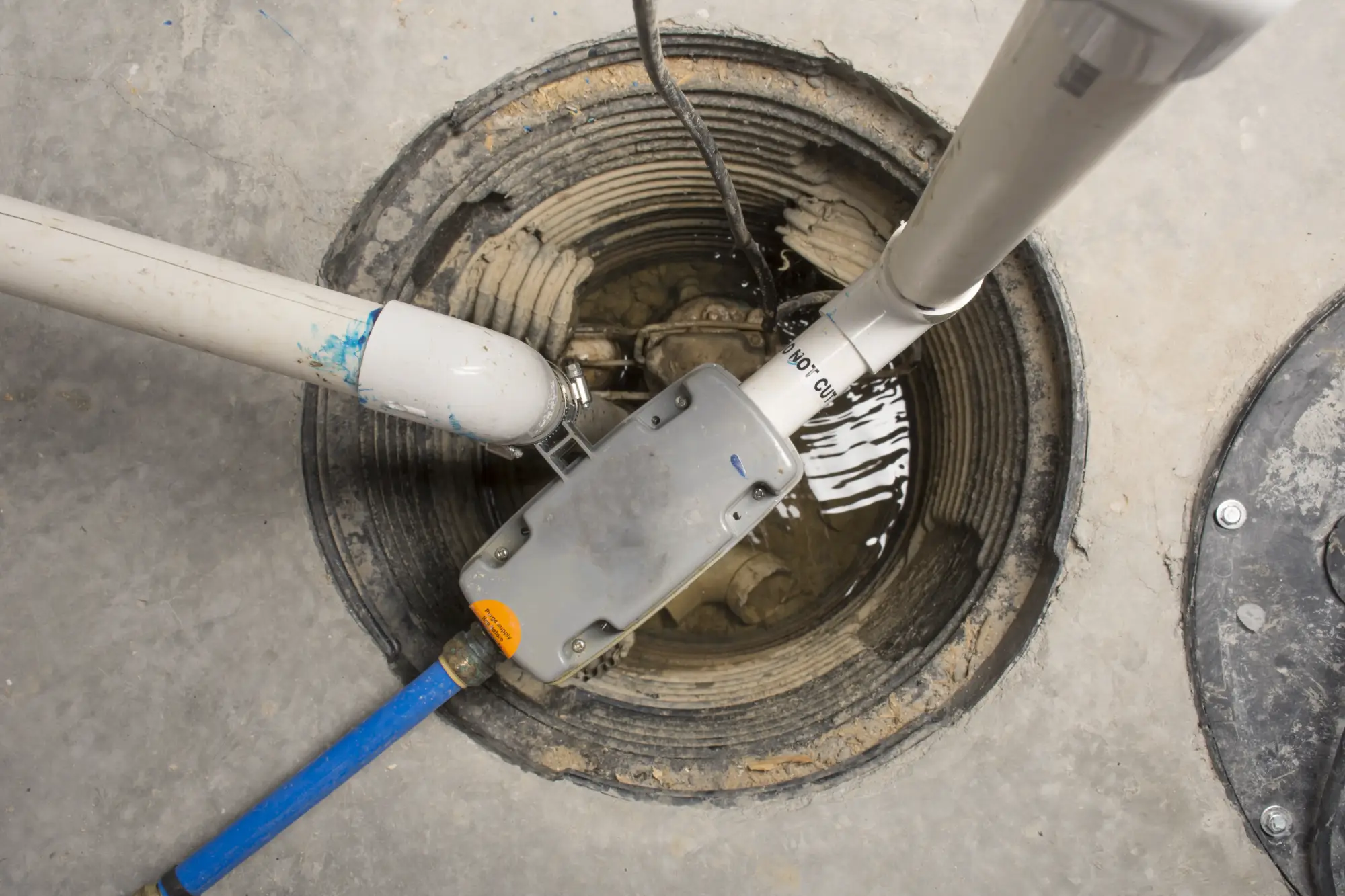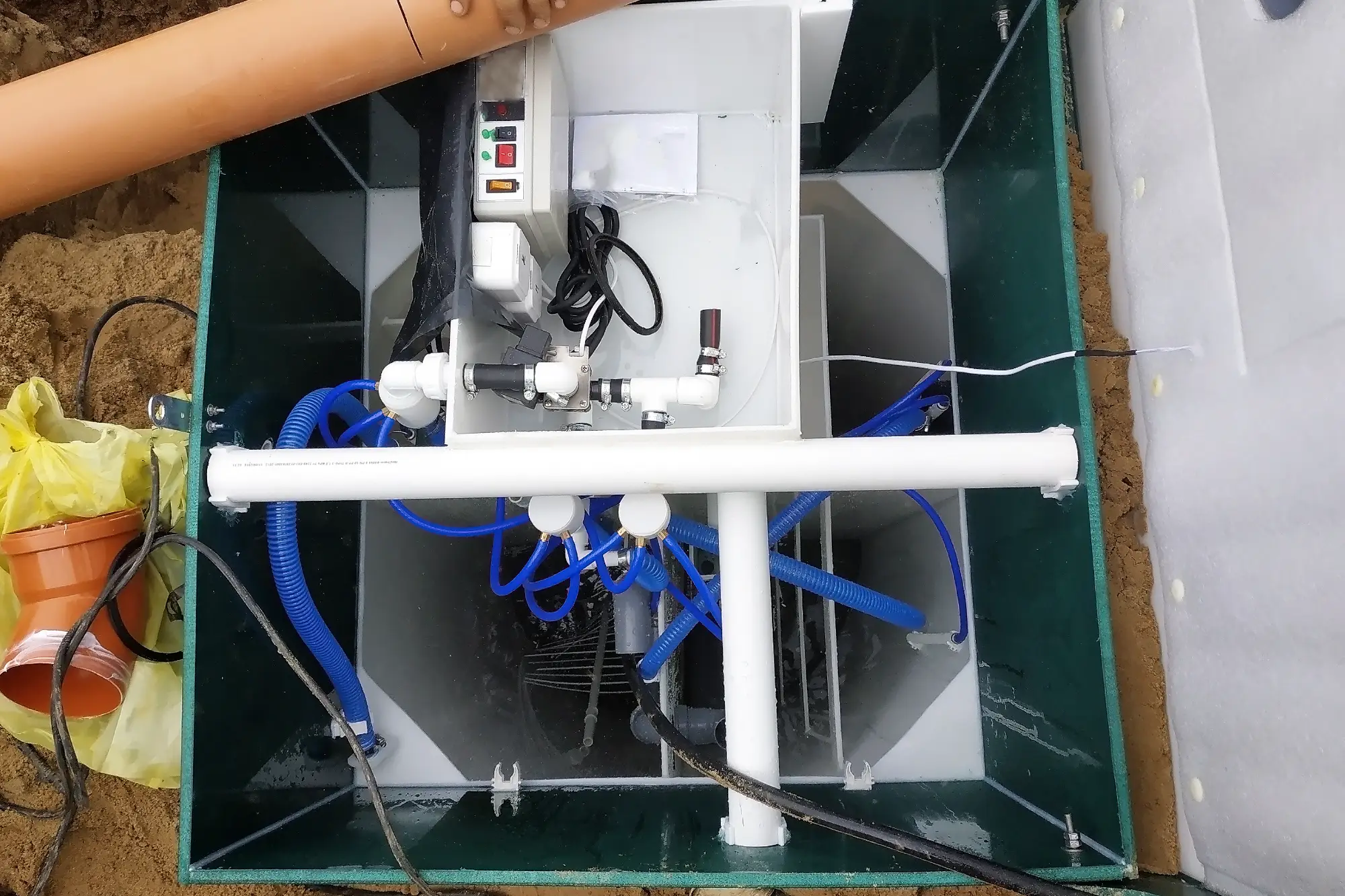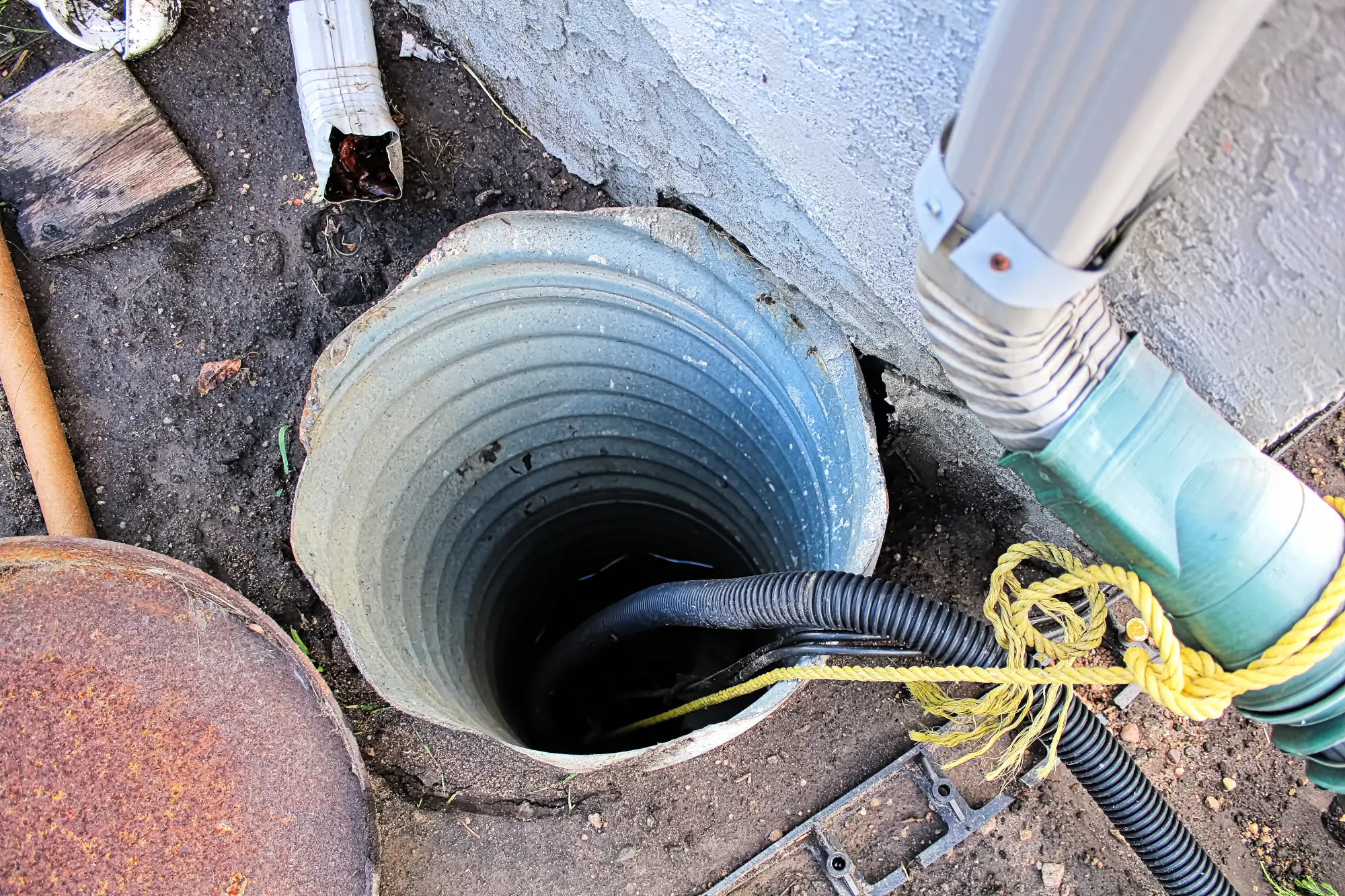Sump Pump Installation in Flanders, NY
Stop Worrying About Basement Flooding
Professional sump pump installation that actually works when you need it most, designed for Long Island’s unique water challenges.

Hear About Us

Basement Protection Flanders NY
You’ll sleep better during storms knowing your basement is protected. No more rushing downstairs during heavy rain to check for water. No more moving everything off the floor when weather gets rough.
A properly installed basement sump pump system handles what Long Island throws at it. Spring thaws, summer storms, nor’easters – your pump kicks in automatically before water becomes a problem.
Your basement becomes usable space again. Store what you want down there. Finish it if that’s the plan. The constant worry about water damage disappears because you have a system that actually works.
Sump Pump Company Flanders
We’ve been handling basement water issues across Suffolk County for years. We understand how Long Island’s soil conditions and water table affect your basement.
Every sump pump installation we do accounts for your specific situation. Soil type, basement depth, existing drainage – it all matters when designing a system that works long-term.
We’re local contractors who respond when you need us. Not a big company with call centers. When you call about your basement sump pump, you talk to people who know your area and have solved similar problems in your neighborhood.

Sump Pump Installation Process
First, we assess your basement’s lowest point and existing drainage. We’re looking at where water naturally flows and how much volume your system needs to handle during peak conditions.
Next, we excavate the sump pit at the optimal location. This isn’t just digging a hole – placement affects how well your entire system works. We install the basin with proper gravel bedding and connect it to your existing drainage or create new drainage paths.
Then we install your pump, discharge piping, and backup systems. Everything gets tested under actual water conditions before we finish. You’ll see exactly how the system activates and how quickly it moves water out of your basement.

Ready to get started?
Explore More Services
About Diamond Masonry & Waterproofing
Get a Free Consultation
Custom Sump Pump Solutions
Every basement sump pump installation includes the pump, basin, discharge piping, and check valve. We use high-quality sump pumps rated for continuous operation, not hardware store units that fail when you need them most.
Battery backup systems are available for power outage protection. Living on Long Island, you know storms can knock out power when you need your pump running. Backup systems keep you protected even when the lights are out.
We handle all permits and inspections required in Suffolk County. Your installation meets local codes and connects properly to existing systems. No shortcuts that cause problems later or fail inspection.

How long does sump pump installation take in my basement?
What size sump pump do I need for my Flanders home?
Do I need a battery backup for my sump pump system?
How do I know if my sump pump installation is working properly?
Where does the water go when my sump pump runs?
How often does a basement sump pump need replacement?
Local Resources
- Google Map Link
- Find the Flanders, NY USPS
- Locate Nearby Flanders, NY Pharmacies
- View the Current Weather in Flanders, NY
- Flanders, NY is located in Suffolk county in New York State